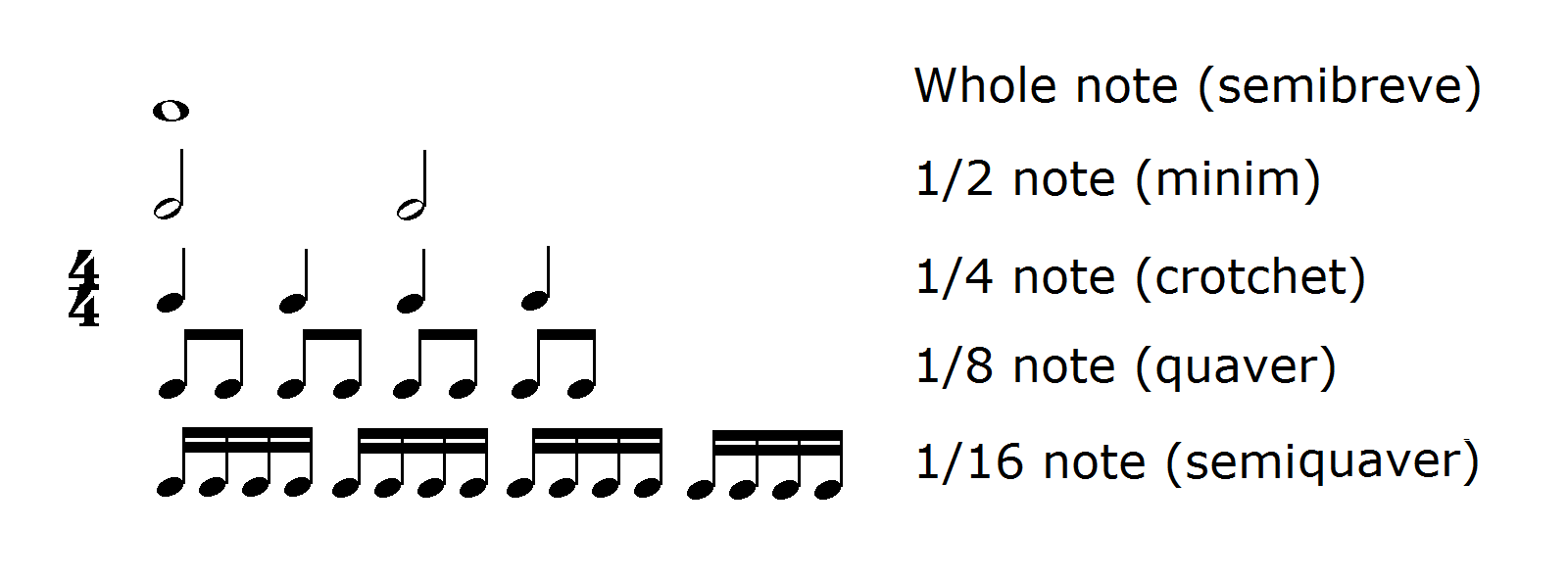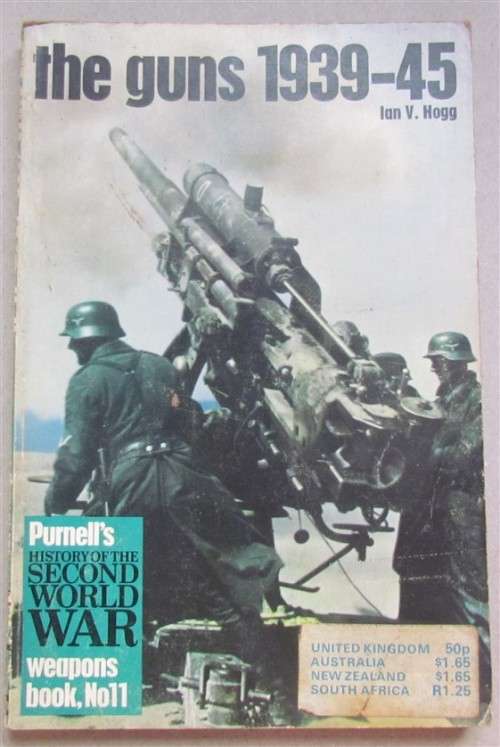


The musical alphabet as we’ve seen is made up of the letters A, B, C, D, E, F and G. Notes can be either natural, sharp, or flat. The treble and bass staves are joined together by a perpendicular line and bracket called a brace. This creates what is known as a grand staff.

In music notation, the treble and bass clefs are often combined with an added leger line, middle C. The diagram below shows some examples of leger lines. Ledger lines are short lines placed above and below the staff. What happens when we run out of lines and spaces? What happens if we want to play a note which is higher or lower than the notes presented above? We use what is known as a ledger line (leger line). To remember these notes, try the phrase, All Cars Eat Gas. How about the s paces? The spaces of the bass clef are named A C E G. These letters may be remembers by using the phrase Good Boys Do Fine Always. The names of the lines on the bass clef from lowest to highest are G B D F A. All other note names are figured out from this line. Many people call this clef the F clef because of the fact that there are two dots on either side of the F line. The fourth line of this clef is the F line. Here are the notes of the lines and the spaces:Īnd now for the bass clef. The diagram below clearly shows the names of the spaces in the treble clef. This one is easier to remember because it spells the word, “face”. We move now to the letter names of the spaces of the treble clef. The diagram below shows you the names of the lines in the treble clef. An easy way to remember this is with the phrase Every Good Boy Does Fine. Let’s take a look at the music note names for the lines of the treble clef. Many people call this clef the G clef because of the fact that it circles the G line. The second line of the treble clef is known as the G line. My #1 Recommendation: Go here to learn about the BEST piano/keyboard course I’ve seen online. The lines and spaces are named after the first seven letters of the alphabet, namely, A B C D E F G. Music is written on a staff consisting of five lines and four spaces. We will start with the notes of the musical staff. Thirdly, we will learn the length/value of different notes and their symbols. Secondly, we will learn the notes that correspond to the keys of the piano keyboard. In particular, we will learn first of all the names of notes on the musical staff. Similar rules apply to smaller divisions such as sixty-fourth notes.Ī related symbol is the thirty-second rest or demisemiquaver rest (shown to the right), which denotes a silence for the same duration as a thirty-second note.This lesson is all about music note names. When multiple thirty-second notes or eighth notes (or sixteenths, etc.) are next to each other, the flags may be connected with a beam. On stems extending up, the flags start at the top and curve down for downward extending stems, the flags start at the bottom of the stem and curve up. Flags are always on the right side of the stem, and curve to the right. When they are on or above the middle line, they are drawn with stems on the left of the note head, extending down. Īs with all notes with stems, thirty-second notes are drawn with stems to the right of the notehead, extending up, when they are below the middle line of the musical staff. A single thirty-second note is always stemmed with flags, while two or more are usually beamed in groups. Thirty-second notes are notated with an oval, filled-in note head and a straight note stem with three flags or beams. It lasts half as long as a sixteenth note (or semiquaver) and twice as long as a sixty-fourth (or hemidemisemiquaver). In music, a thirty-second note (American) or demisemiquaver (British) is a note played for 1⁄ 32 of the duration of a whole note (or semibreve).


 0 kommentar(er)
0 kommentar(er)
